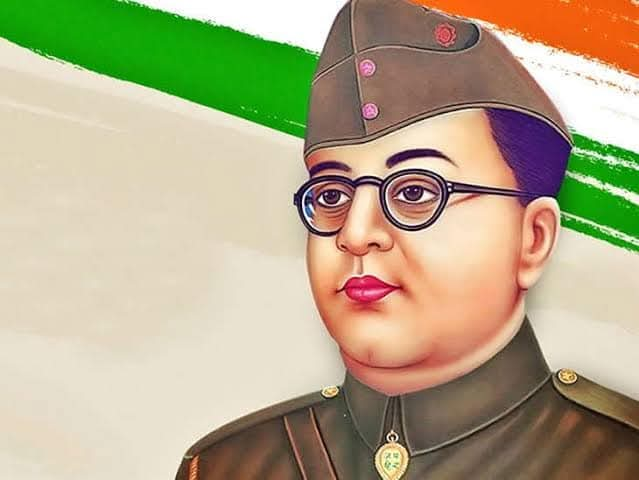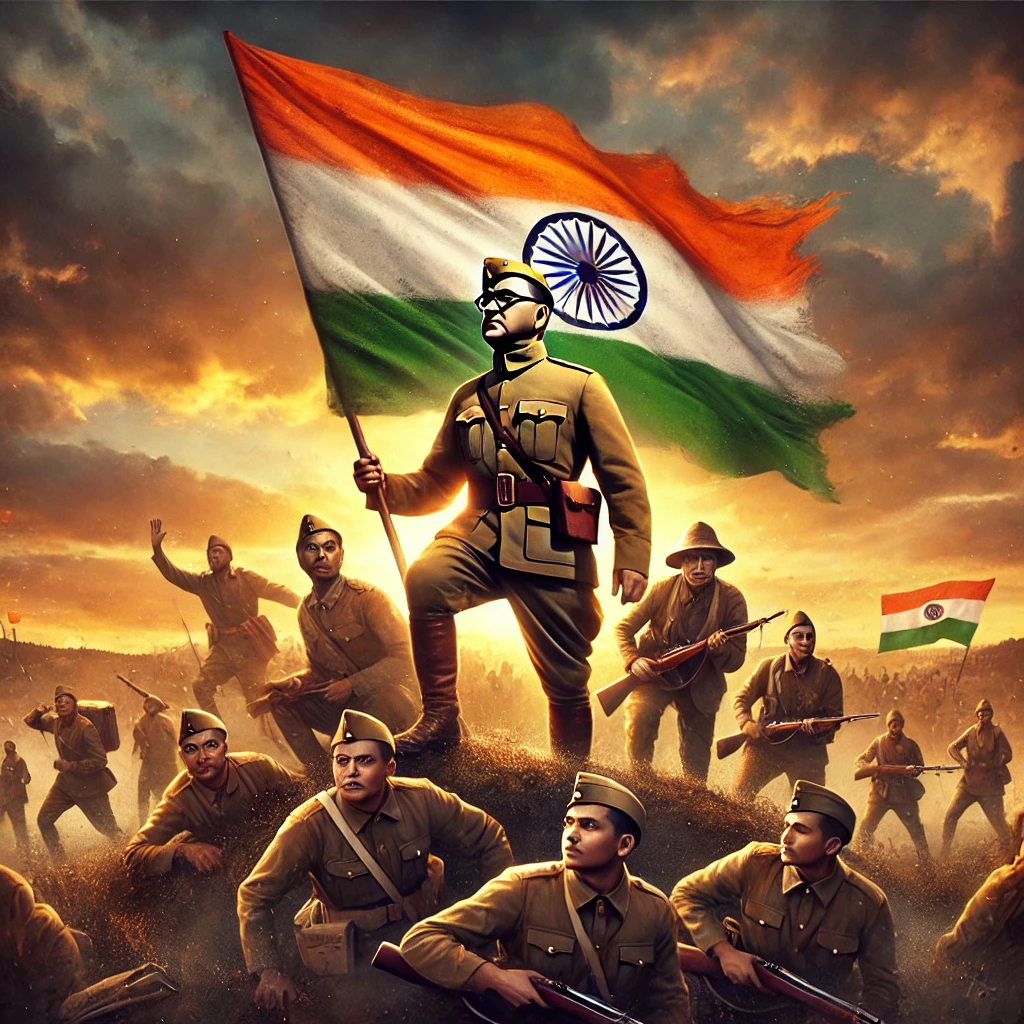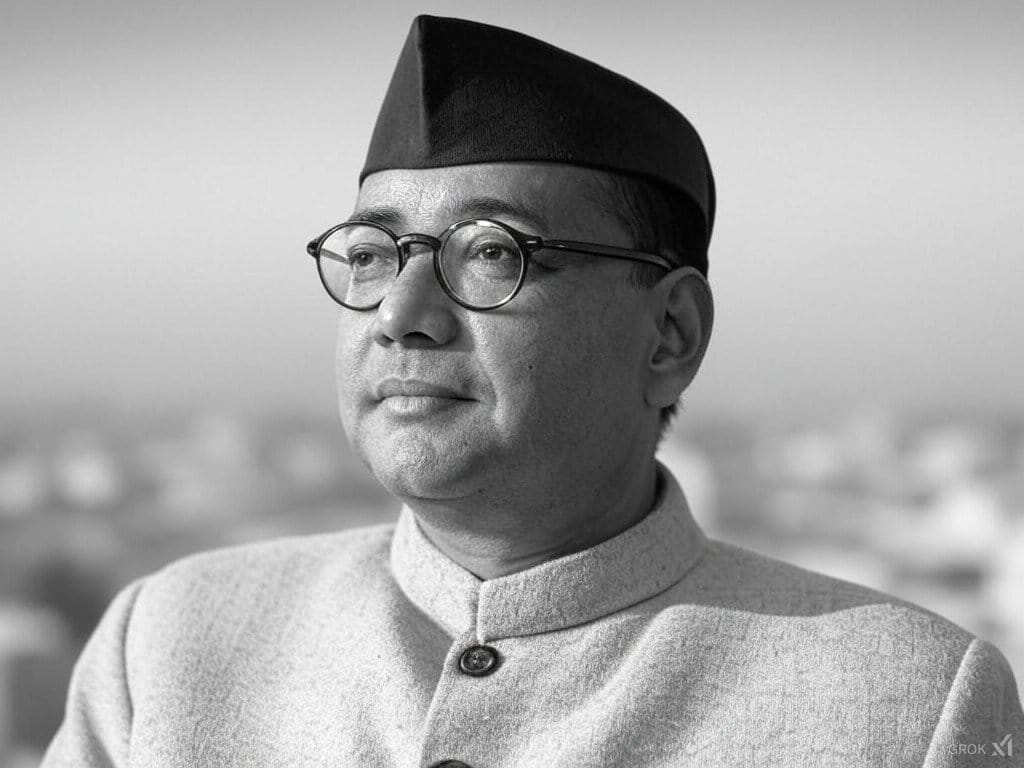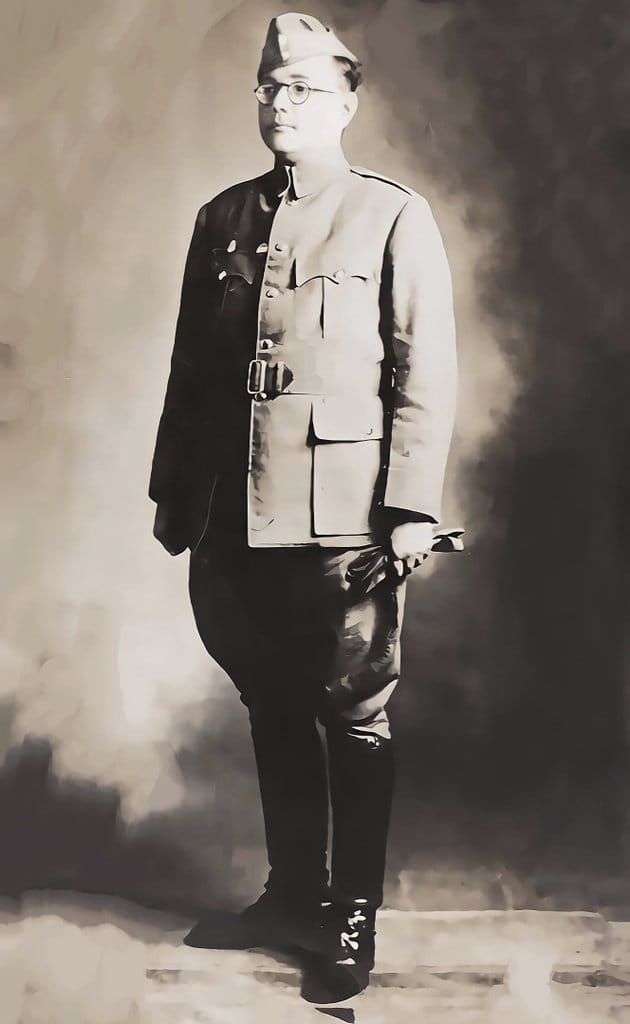
Subhash Chandra Bose: Explore the inspiring journey of Netaji Subhash Chandra Bose, a nationalist icon and architect of India’s freedom movement. His story of courage, sacrifice, and vision continues to inspire millions.
Subhas Chandra Bose: The Unflinching Pathfinder of India’s Freedom Struggle
Subhas Chandra Bose, widely known as Netaji, holds an iconic place in India’s freedom struggle. His life, ideals and unflinching commitment to his country’s independence have left an indelible mark on the pages of Indian history. Born on January 23, 1897 in Cuttack, Odisha, Bose evolved from an intellectual and political thinker to a revolutionary leader whose zeal inspired millions. Although his strategies often sparked debate, his pivotal role in shaping India’s destiny cannot be denied. This blog highlights his life, his ideology and the revolutionary steps he took to give impetus to the country’s fight for independence.
Early Life and Education:

Subhas Chandra Bose was the ninth child of Jankinath Bose and Prabhavati Devi, hailing from an affluent Bengali family. From an early age, Subhas displayed sharp intellect and leadership qualities. He graduated from Presidency College in Calcutta (now Kolkata) before pursuing higher education at the University of Cambridge in England.
In 1920, he took the Indian Civil Service (ICS) examination and ranked fourth. However, Bose’s intense desire to serve the motherland outweighed his aspirations for a stable career. He resigned from the prestigious ICS in 1921, declaring, “The best way to end a government is to withdraw from it.” This decision marked the beginning of his lifelong struggle against British imperialism.
Bose’s Ideology: Beyond Gandhian Nonviolence:
Netaji’s beliefs often set him apart from his contemporaries, especially Mahatma Gandhi. While Gandhi advocated nonviolent resistance, Bose emphasised a more assertive approach. He believed in direct confrontation and radical methods to overthrow British rule. Inspired by Swami Vivekananda and Ramakrishna Paramahansa, Bose blended spirituality with nationalism, emphasising the need for unity, discipline and courage among Indians.
His departure from Gandhi’s ideology was evident during his tenure as president of the Indian National Congress in 1938 and 1939. Bose’s radical views clashed with the Congress’s moderate stance, leading to his resignation and the formation of the Forward Bloc, a faction dedicated to revolutionary struggle.
Formation of the Indian National Army (INA):

Netaji’s greatest achievement was the establishment of the Indian National Army (INA), also known as the Azad Hind Fauj. Bose sought international support for India’s independence during 2nd World War.By allying with the Axis powers—Germany, Italy, and Japan—he envisioned a global coalition to liberate India from British rule.
Also Read https://thehungama.com/isro-chief-dr-v-narayana/?amp=1
After reaching Japan, Bose took over the leadership of the INA, which comprised Indian soldiers who had been prisoners of war under British rule. Addressing his soldiers with the famous words, “Give me blood, and I will give you freedom,” he ignited a spirit of unparalleled patriotism.
The INA’s campaigns, including their march towards Northeast India and the capture of the Andaman and Nicobar Islands, were monumental. Though the INA eventually faced setbacks due to logistical and logistical challenges, Bose’s initiatives aroused a revolutionary spirit among Indians across the world.
Azad Hind Government:

Azad hind Fauj
In October 1943, Bose announced the establishment of the Provisional Government of Free India (Azad Hind Government) in Singapore. It was recognised by several countries, including Japan, Germany, Italy and Thailand. The Azad Hind Government tried to serve as a precursor to an independent Indian administration and managed to mobilise significant financial and military resources.
The government also issued its own currency, stamps and symbolised India’s readiness for self-rule. Although its practical effect was limited, the formation of the Azad Hind Government demonstrated Bose’s commitment to the creation of independent Indian institutions.
Role in India’s freedom struggle
Subhash Chandra Bose efforts significantly boosted the Indian independence movement. His revolutionary outlook, combined with his efforts to make India’s freedom movement international, put enormous pressure on the British government.
Following the INA trials in 1945–46, the British faced widespread public unrest across India. Although Bose’s vision of a military coup did not materialize as planned, his influence catalyzed political upheaval that accelerated India’s independence.
Mysterious Disappearance and Legacy

The disappearance of Netaji Subhas Chandra Bose in 1945 is one of the biggest mysteries in Indian history. Official reports state that Bose died in a plane crash in Taiwan on August 18, 1945. However, conspiracy theories suggesting he survived have persisted for decades.
Despite the uncertainties surrounding his death, Bose’s legacy has continued to inspire generations. His life was an epitome of courage, determination, and selfless patriotism. Even today, statues, museums, and educational institutions across India honor his contributions.
Ideals and Vision for Modern India

Netaji envisioned an India that was socially equitable, economically strong, and politically independent. He believed in the empowerment of women, as evidenced by the formation of the Rani of Jhansi regiment in the INA, one of the first women’s fighting armies in modern India.
Bose advocated industrialization and modernization with the aim of creating a self-reliant economy. He championed secularism and sought to unite Indians above religious, caste and regional divisions, thereby promoting a genuine democratic ethos.
Conclusion